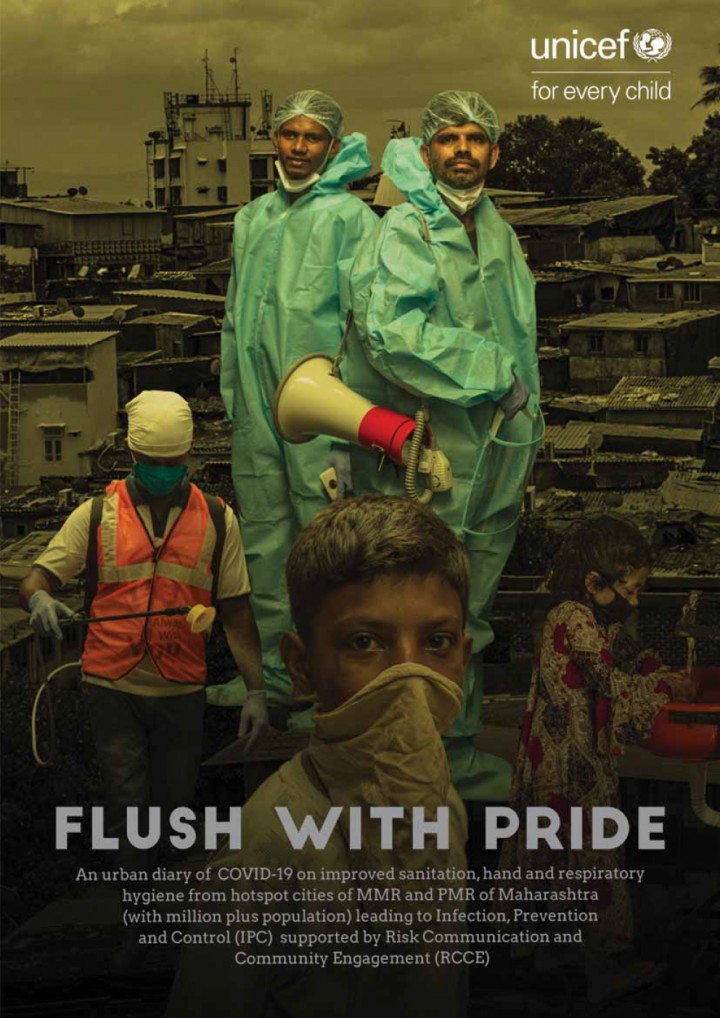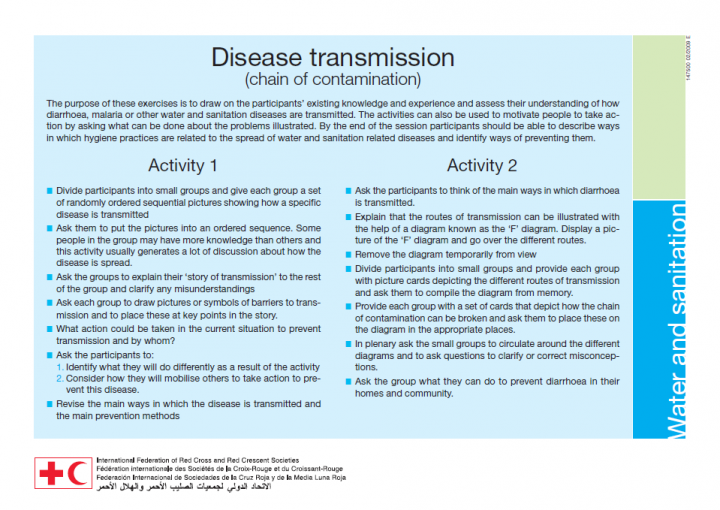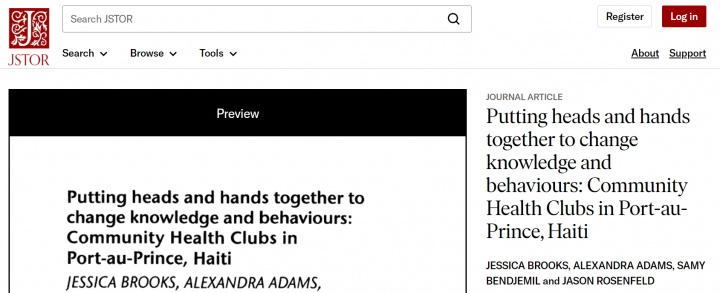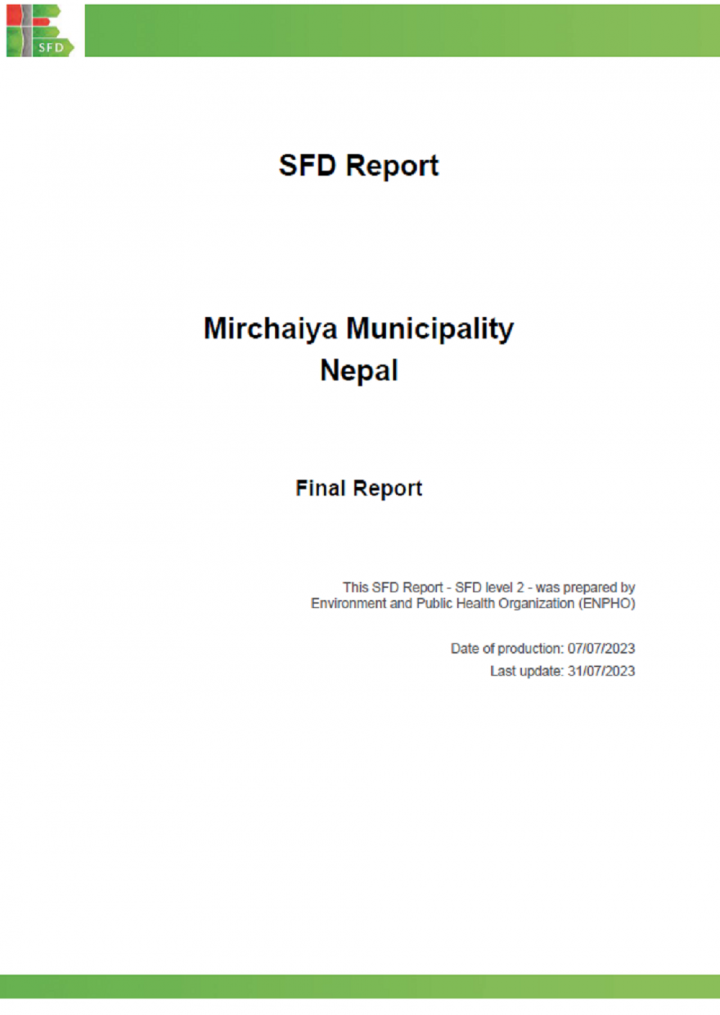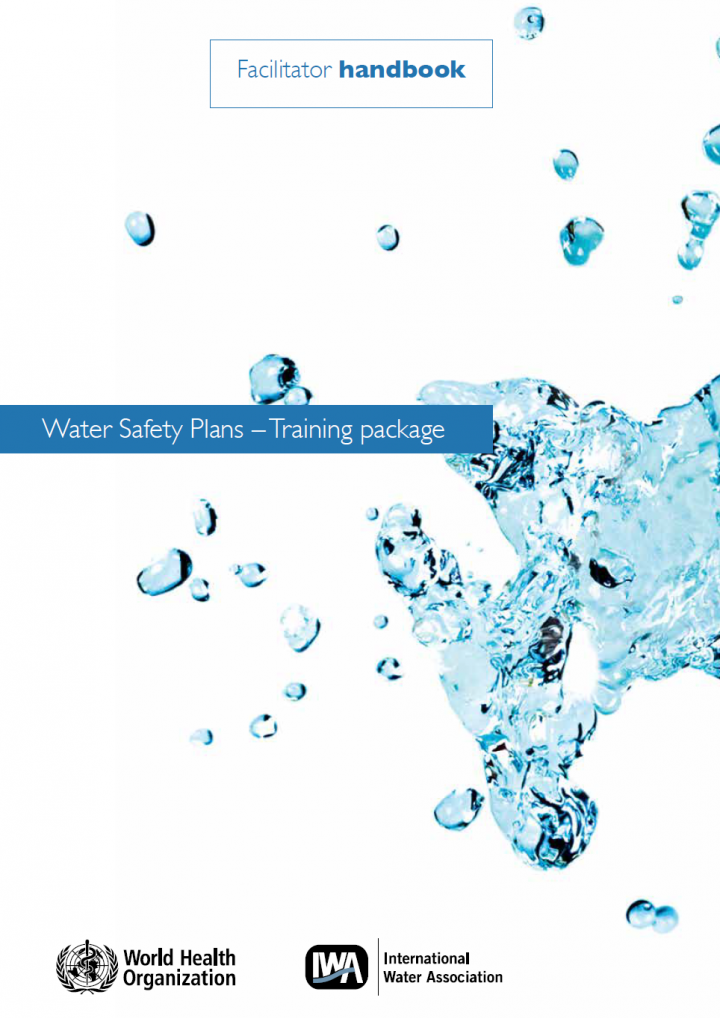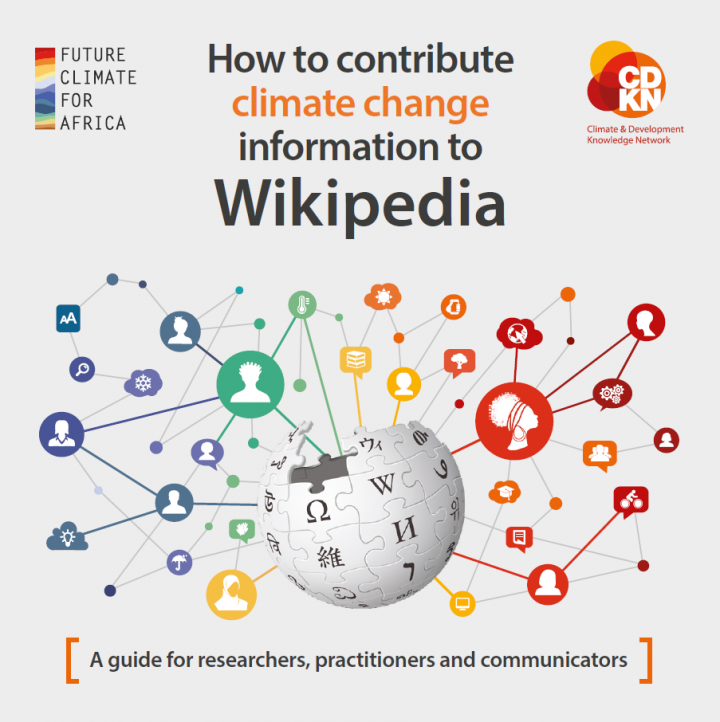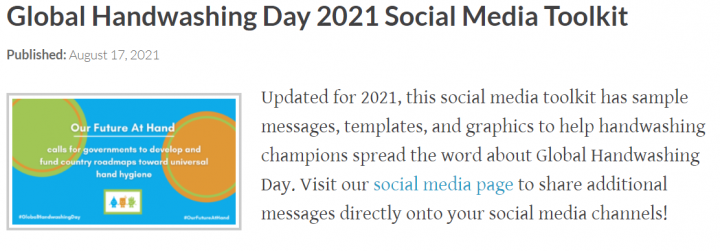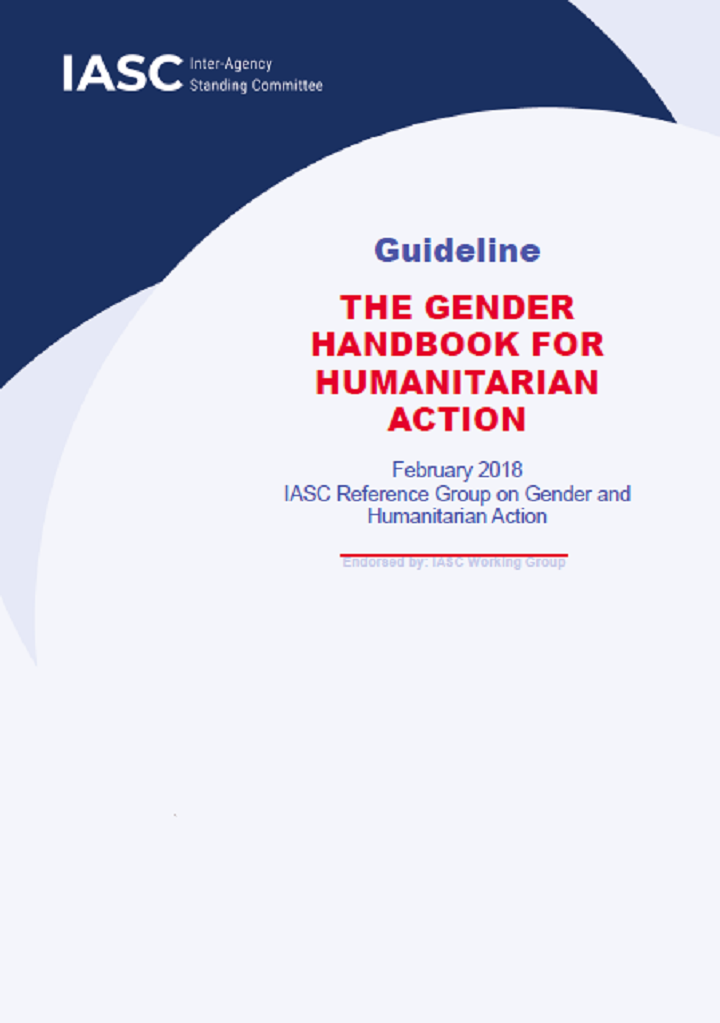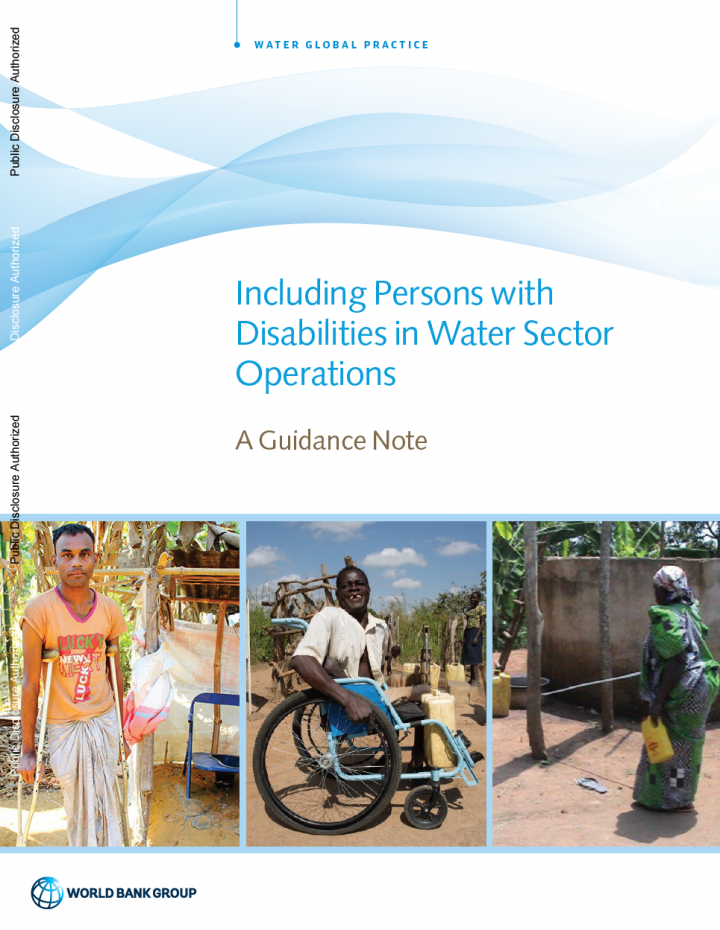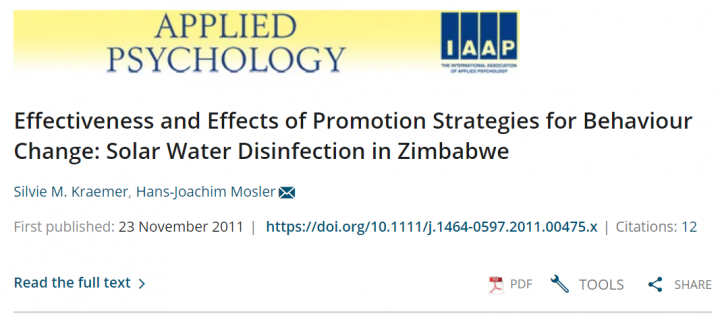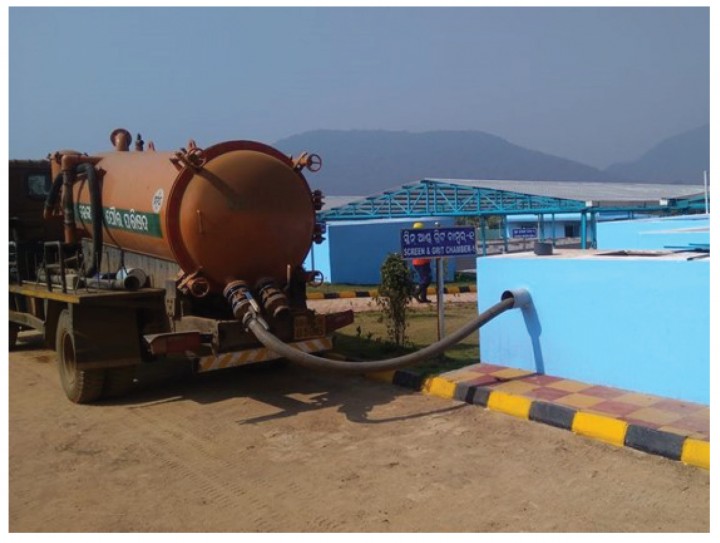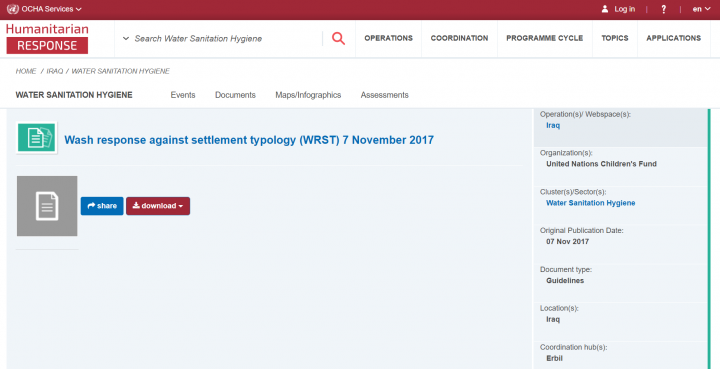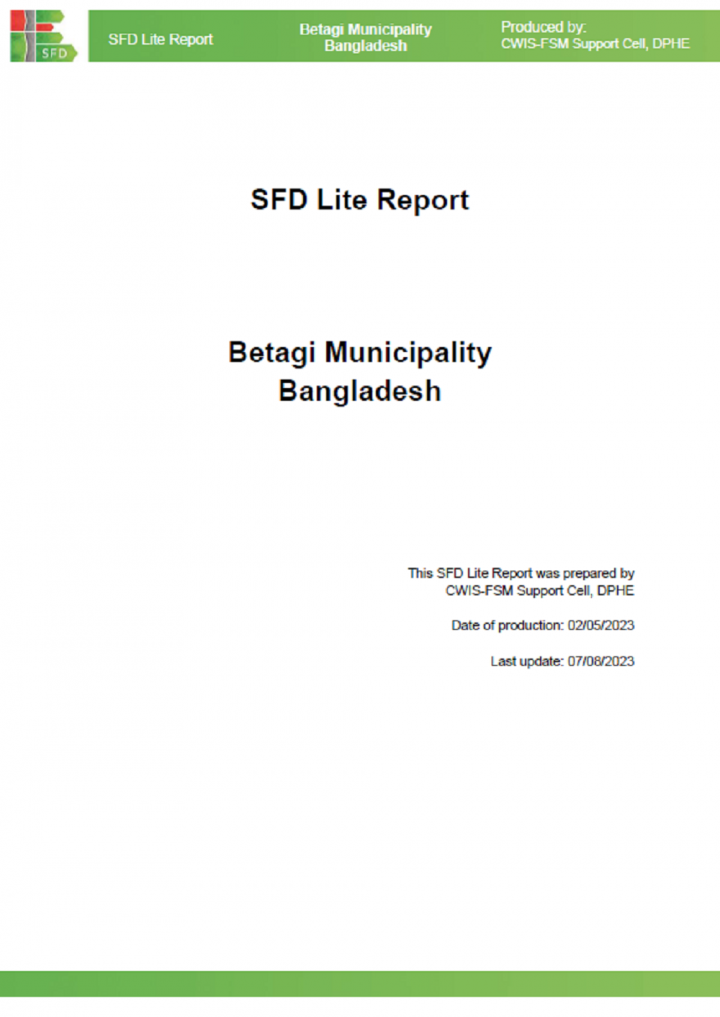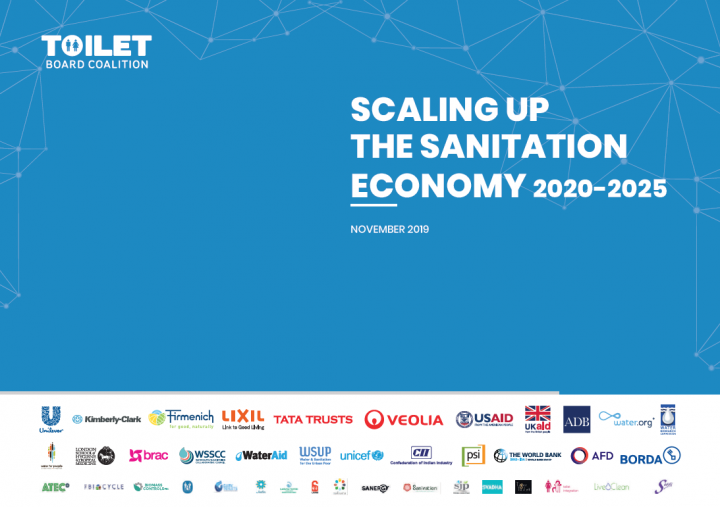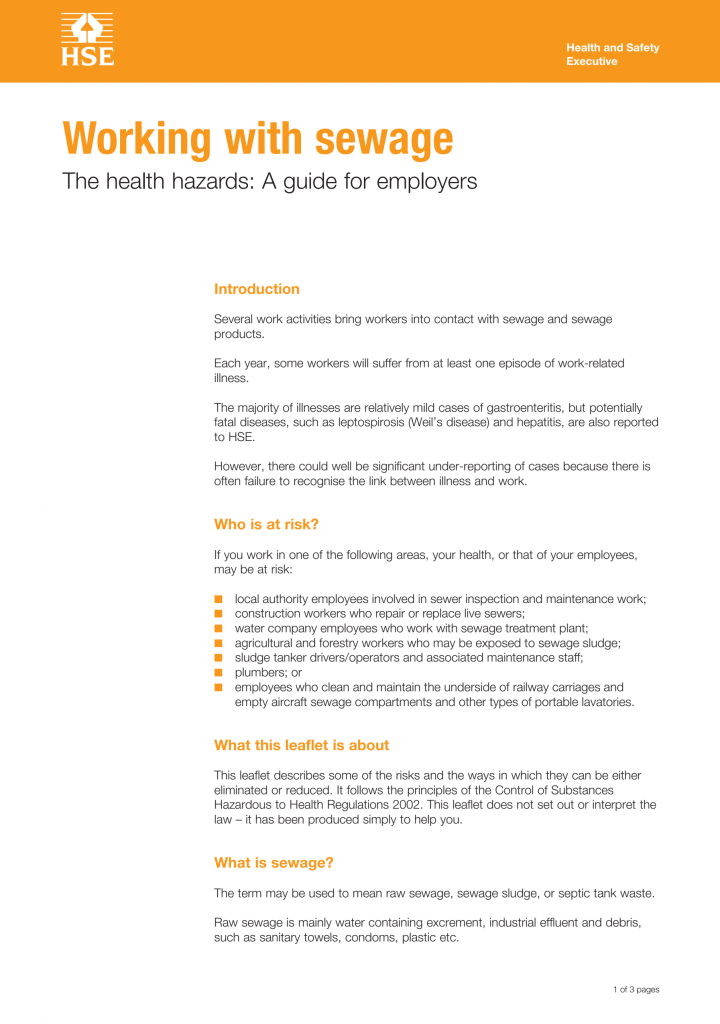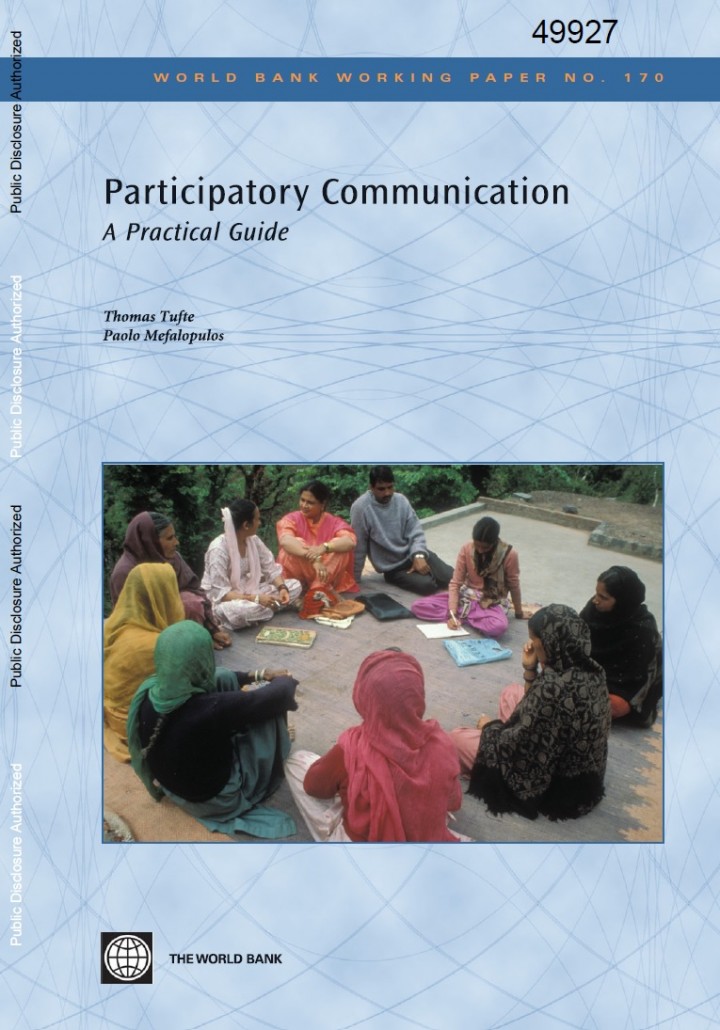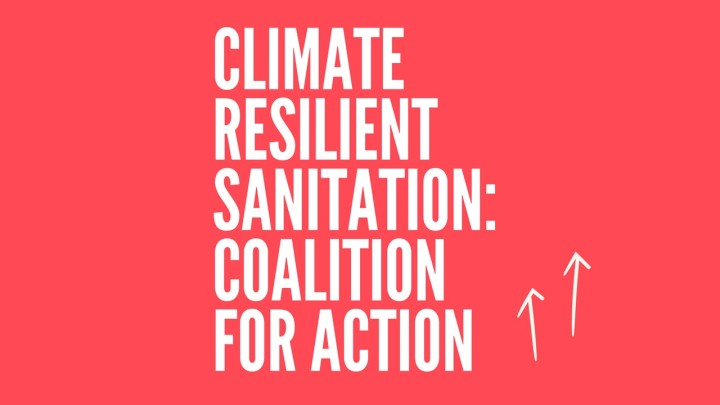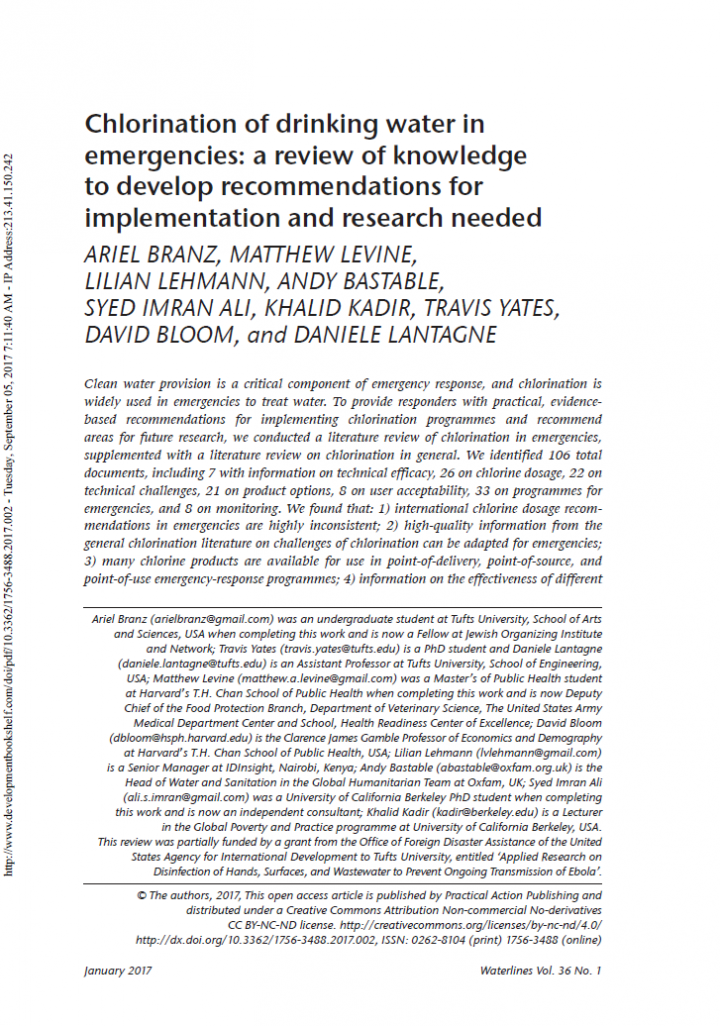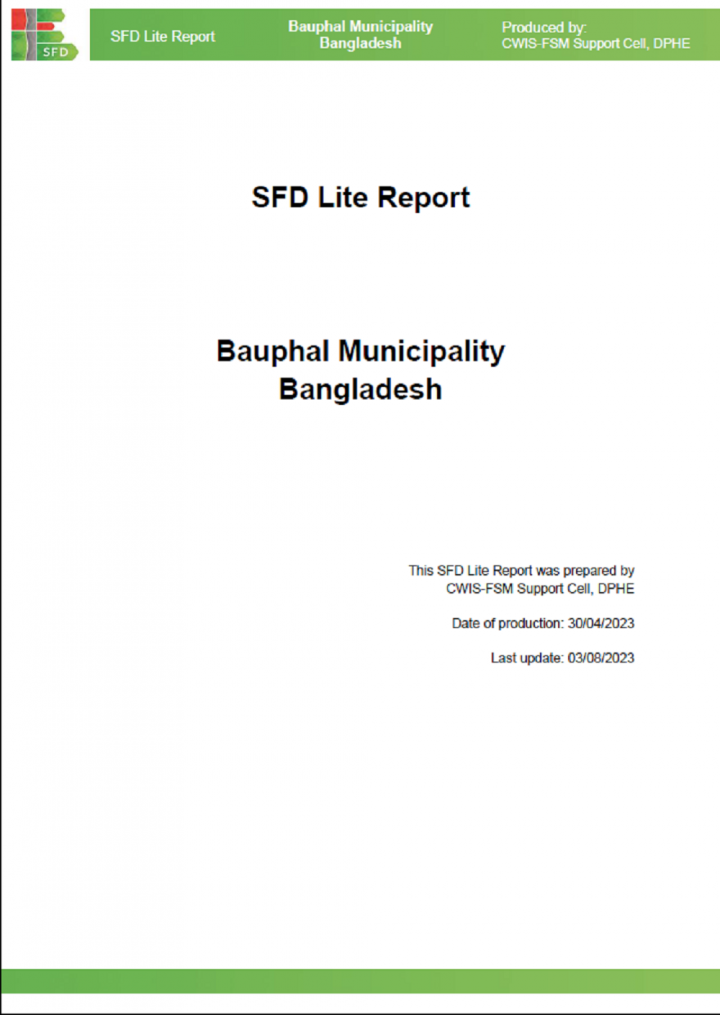Searching for information on Sanitation Workers?
The Sanitation Workers Knowledge + Learning Hub is the best source for all current news, trends, articles and updates on sanitation workers rights around the world.
The document covers the impact of WASH intervention in families, communities and institutions with a balance between demand and supply, highlighting both child and gender lens. Innovations like cost effective, simple, scalable pedal operated hand washing stations, augmentation of operation and maintenance of community toilets with identification of community touch points, school readiness for …
One challenge facing WASH programs is that water and sanitation infrastructure are generally collective goods, while WASH behaviors involve individual responsibilities nested within collective norms. Social capital is theorized to facilitate collective action and enhance the diffusion of WASH-related behavioral interventions by enhancing social cohesion and collective action. We used a mixed …
The purpose of these exercises is to draw on the participants’ existing knowledge and experience and assess their understanding of how diarrhoea, malaria or other water and sanitation diseases are transmitted. The activities can also be used to motivate people to take action by asking what can be done about the problems illustrated. By the end of the session participants should be able to …
Although interventions that emphasize the role of knowledge in invoking behaviour change have recently become unpopular, the Community Health Club (CHC) model has demonstrated how group knowledge, consensus building, and peer pressure can be applied to achieve hygiene behaviour change. To date, the model has predominantly been implemented in rural settings, with limited testing in urban …
Mirchaiya Municipality is situated in Siraha District of Madhesh Province in the southern region of Nepal. It is divided into twelve wards and covers an area of 91.97 sq. km. It was established on May 18, 2014 by merging the already-existing Village Development Committees (VDCs), Rampur Birta, Malhaniyakhori, Radhopur, Ramnagar, Mirchaiya, Phulbariya, Sitapur Pra. Da., and Madheshpur Gamharia. It …
WSPs are a risk-based preventative approach to most effectively protect drinking-water safety and are recommended in the WHO Guidelines for Drinking-water Quality. WSPs are now being adopted worldwide, but they are not always fully understood by all stakeholders. Face-to-face training is therefore essential to ensure globally successful WSP implementation.
The training package consists of …
What difference are we making? How do we know? The Good Enough Guide helps busy field workers to address these questions. It offers a set of basic guidelines on how to be accountable to local people and measure programme impact in emergency situations.
Its 'good enough' approach emphasises simple and practical solutions and encourages the user to choose tools that are safe, quick, and easy to …
This publication shares guidance and tips on how to edit Wikipedia. It is intended for researchers, practitioners, communicators and any others with access to climate change information who would like to share it more widely with the world.
Wikipedia is a powerful platform to make climate change information accessible to all. However, people working in the climate change field often overlook …
The Inter-Agency Standing Committee (IASC) published the original Women, Girls, Boys and Men. Different Needs — Equal Opportunities: Gender Handbook in Humanitarian Action in 2006. The purpose of the handbook was to provide humanitarian actors with guidance on gender analysis, planning and actions to ensure that the needs, priorities and capacities of women, girls, men and boys are considered …
Globally, more than a billion people—approximately 15 percent of the world’s population, or one in seven persons—have disabilities. Of those, 80 percent live in developing countries. This number is expected to increase as the prevalence of disability is impacted by disease, war and conflict, natural disasters, and road traffic injuries, among other factors. In addition, persons over the age …
Urban sanitation remains a significant challenge for most low and middle income countries. The urban population of the group of Least Developed Countries (LDCs) more than tripled between 1990 and 2015. While access to sanitation in LDCs has increased in relative terms, in absolute terms the number of people using unimproved sanitation has increased. Under the post-2015 …
Solar water disinfection (SODIS) is a sustainable method of water treatment. Despite the simplicity and many advantages of SODIS, past behaviour change campaigns have seen limited success. This study aims to compare intervention strategies in their efficiency in changing behaviour and to analyse which behavioural factors are differentially affected. The following factors were analysed in this …
The brochure summarizes the FSM project piloted in Dhenkanal, Odisha, and the journey the district undertook to become one of first districts to have 'safely managed' sanitation systems in India.
The Project is being implemented in the Dhenkanal district in the state of Odisha in consultation and partnership with the Panchayat Raj and Drinking Water Department and Housing and Urban Development …
Betagi Municipality is situated within the Betagi Sub-District (Upazila) in Barguna District (Zila), which is under Barishal Division. The geographical coordinates of Betagi are between 22º 09.45' and 22º 11.52' N and between 90º 11.55' and 90º 13.12' east longitude . It is bordered on the north by the Upazilas of Bakerganj and Rajapur, on the south by the Upazila of Barguna Sadar, on the …
Barrier Analysis is a rapid assessment tool used in community health and other community development projects to identify behavioral determinants associated with a particular behavior. These behavioral determinants are identified so that more effective behavior change communication messages, strategies and supporting activities (e.g., creating support groups) can be developed. It focuses on eight …
Leading businesses are engaged in efforts to reimagine sanitation systems as a net contributor of resources and data while addressing critical human rights. More importantly these leaders are driving their companies to go beyond risk and compliance to bring transformative positive change to millions of people affected by their business operations.
Global companies employ several millions of …
Several work activities bring workers into contact with sewage and sewage products.
Each year, some workers will suffer from at least one episode of work-related illness.
The majority of illnesses are relatively mild cases of gastroenteritis, but potentially fatal diseases, such as leptospirosis (Weil’s disease) and hepatitis, are also reported to HSE.
However, there could well be …
1 This guidance is issued by the Health and Safety Executive. Following the guidance is not compulsory and you
are free to take other action. But if you do follow the guidance you will normally be doing enough to comply with
the law. Health and safety inspectors seek to secure compliance with the law and may refer to this guidance as
illustrating good practice.
2 This guidance covers …
Many communication practitioners and development workers face obstacles and challenges in their practical work. A participatory communication strategy offers a very specific perspective on how to articulate social processes, decision-making processes, and any change process for that matter. Participatory approaches are nothing new. However, what is new is the proliferation of institutions, …
Clean water provision is a critical component of emergency response, and chlorination is widely used in emergencies to treat water. To provide responders with practical, evidencebased recommendations for implementing chlorination programmes and recommend areas for future research, we conducted a literature review of chlorination in emergencies, supplemented with a literature review on …
Bauphal Municipality is situated within the Bauphal Sub-District (Upazila) in Patuakhali District (Zila), which is under Barishal Division. Bauphal became Upazila in 1983 Paurashava in 2001. The geographical coordinates of Bauphal are 22° 24' 59.7" N and 90° 33' 04.0" E . The municipality is situated 38.1 km northeast from Patuakhali and 240 km southwest from Dhaka. It is bordered by the …

